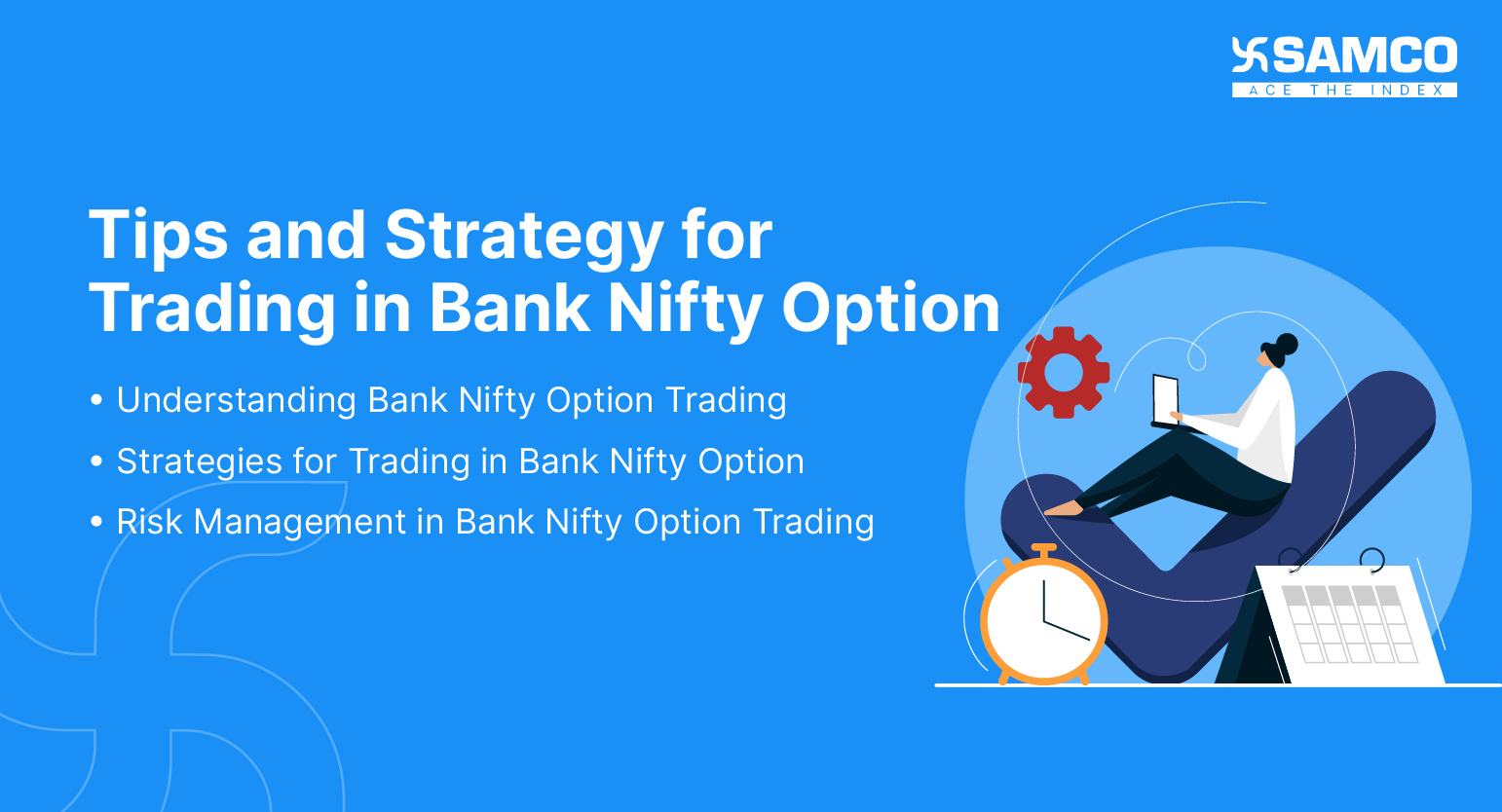In this article, we will discuss
- Understanding Bank Nifty Option Trading
- Tips for Trading in Bank Nifty Option
- Strategies for Trading in Bank Nifty Option
- Risk Management in Bank Nifty Option Trading
 Bank Nifty Option trading is a popular derivative trading instrument offering investors significant trading opportunities. It involves buying or selling the right to purchase or sell Bank Nifty Index at a specific price within a specified period. Understanding trading is crucial for traders as it can help them make informed decisions and mitigate risks. In this article, we will discuss tips and strategies that traders can use to trade Bank Nifty Option successfully. These tips include staying informed about economic events and market trends, using technical analysis to identify patterns and trends, developing a trading plan and sticking to it, setting realistic targets and stopping losses, and using options Greeks to assess risk and return. We will also discuss various strategies for this kind of trading and the importance of risk management in this type of trading.
Bank Nifty Option trading is a popular derivative trading instrument offering investors significant trading opportunities. It involves buying or selling the right to purchase or sell Bank Nifty Index at a specific price within a specified period. Understanding trading is crucial for traders as it can help them make informed decisions and mitigate risks. In this article, we will discuss tips and strategies that traders can use to trade Bank Nifty Option successfully. These tips include staying informed about economic events and market trends, using technical analysis to identify patterns and trends, developing a trading plan and sticking to it, setting realistic targets and stopping losses, and using options Greeks to assess risk and return. We will also discuss various strategies for this kind of trading and the importance of risk management in this type of trading.



 Easy & quick
Easy & quick
Leave A Comment?